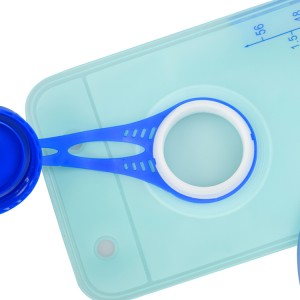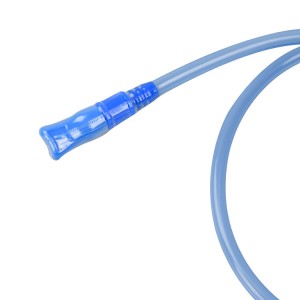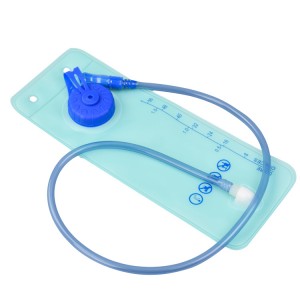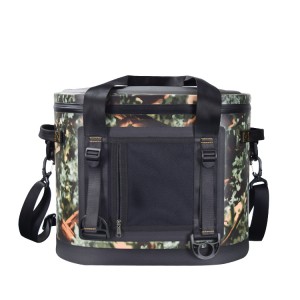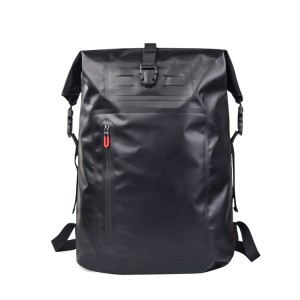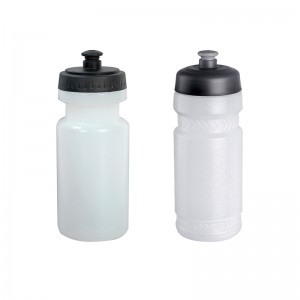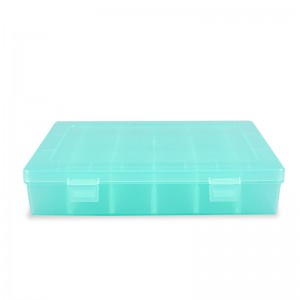water bladder bag
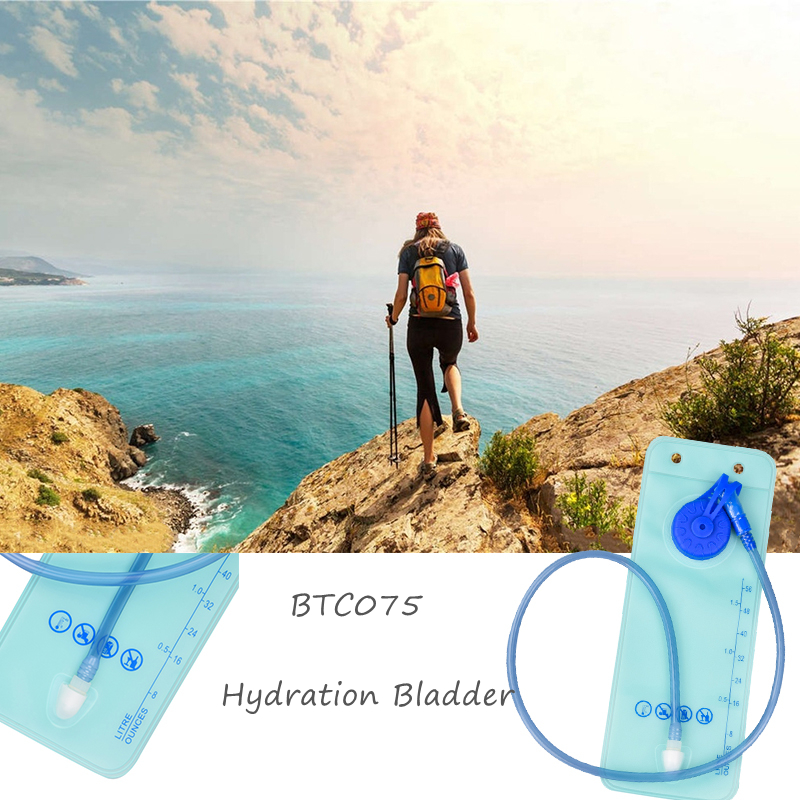
Product Specification
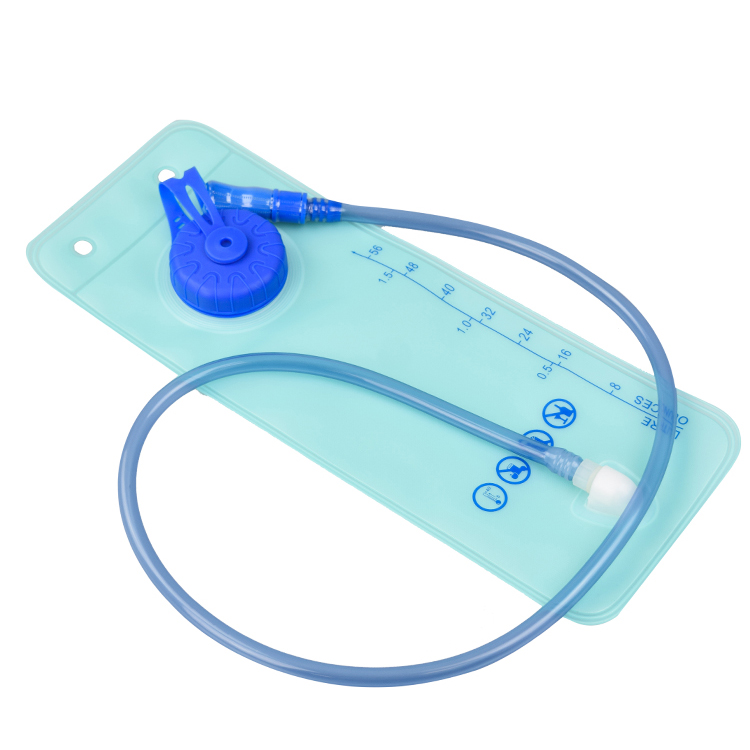
Item No: BTC075
Product name: Hydration bladder
Material: TPU/EVA/PEVA
Usage: Outdoor sport
Color: Customized color
Feature: Lightweight
Function: Portable survival logo
Packing: 1pc/poly bag+carton
Application: Outdoor equipment
Scenes
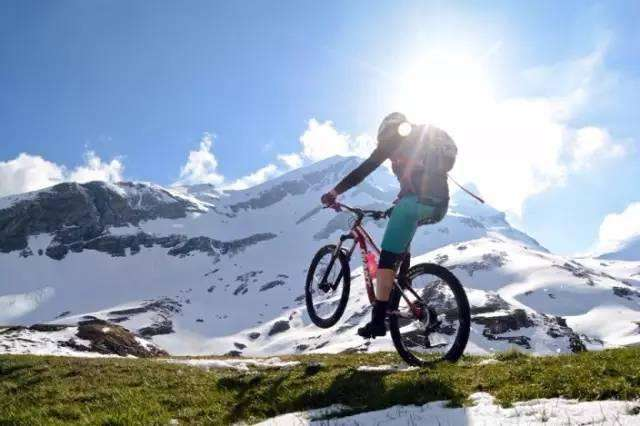


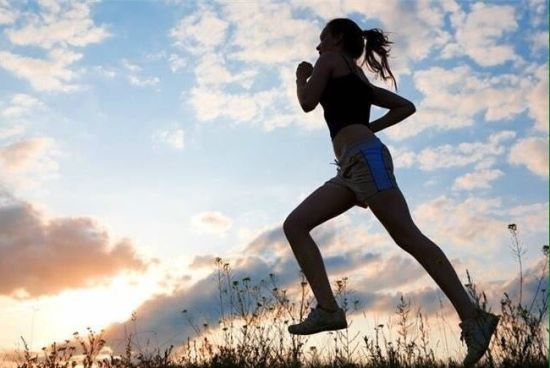
Product Details

The water bladder body is made of high-quality film,non-toxic, no peculiar smell, and food grade.Meet the EU environmental protection standards.
Different lengths of suction pipes can be customized to meet your different needs.
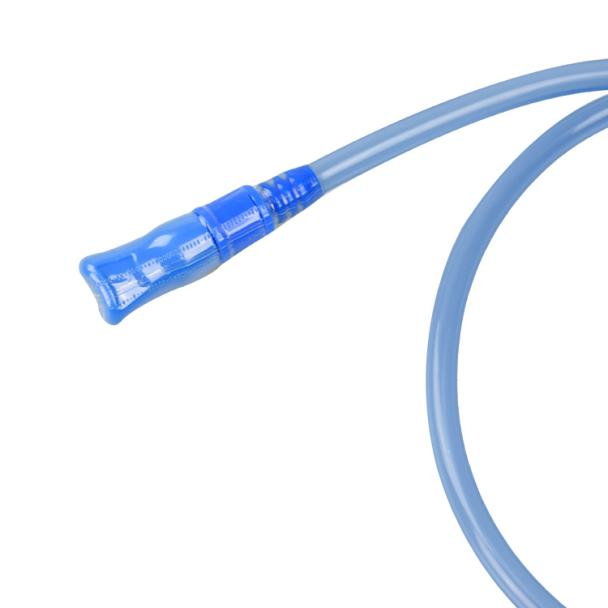

The design of the lid opening connection ring prevents the water bladder from falling to the ground during washing or filling.
The bag body pattern and text adopt silk-screen printing technology, the pattern is not easy to faint or fade.


Product Features

Film Thickness:(from 0.3mm to 0.6mm)

Tube length:750mm/890mm/customer request

Sample Lead Time:1) 7-10 working days if need to add logo. 2) within 3 working days for existing samples

Order Lead Time:20-25 days after the order is confirmed

Packing: Each item packed with an OPP bag
Traveling in the wild can relax your mood and forget your unhappiness. It's like looking for new beauty and chasing a new sensory world. Throw away the extra self and meet a new self. I believe that the green trees in the mountains, the bird calls in the forest, the streams on the roadside, and the majestic sea will bring you a completely different experience in life.Of course, it is also necessary to have a water bladder and hydration bladder.
How to choose the best water bladder for hiking?
1. Capacity: The first thing to consider when choosing a water bladder for hiking is its capacity. Depending on the length of your hike and your water consumption, decide on the size of the bladder that suits you best. For day hikes, a bladder with a capacity of 1.5 to 2 liters should suffice, while for longer hikes, a capacity of 3 liters or more may be necessary.
2. Material: Most water bladders are made of either plastic or silicone. Plastic bladders are usually more affordable and durable, while silicone bladders are more flexible and lightweight. Consider the durability, weight, and flexibility of the material when making your choice.
3. Bite valve: The bite valve is the part of the hose that you bite to release water. Look for a bladder with a high-quality bite valve that is easy to open and close and does not leak. Some bladders also come with a shutoff valve that allows you to turn off the flow of water completely, preventing any accidental leaks.
4. Insulation: If you’re planning to hike in extreme temperatures, consider a bladder with insulation to prevent your water from freezing or getting too warm. Insulation can be in the form of a neoprene cover or a reflective layer inside the bladder.
5. Durability: You want your water bladder to withstand the wear and tear of hiking. Look for bladders made from rugged and puncture-resistant materials, with strong seams and reliable hose connections.
6. Easy to clean: It’s important to clean your water bladder after every use to prevent bacteria growth. Look for bladders with wide openings that make it easy to clean
What is the capacity range available for water bladders?
The capacity range for water bladders can vary greatly depending on the specific product and manufacturer. Some smaller water bladders may have a capacity of around 5-10 gallons, while larger ones may hold up to 50 gallons or more. There are also custom water bladders available that can be made to hold specific capacities as needed.




